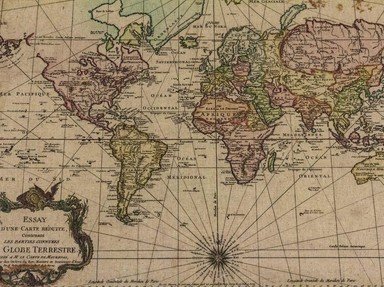Quiz Answer Key and Fun Facts
1. Spain might want this "rock" back.
2. If I visit Douglas, will I be surrounded by cats without tails?
3. This area is more than a triangle.
4. This isn't Ireland. Why is it called the Emerald Isle?
5. This is part of the Lucayan Archipelago.
6. Both Britain and Argentina had claims and fought over this area.
7. You might call my bluff, but if you call the Bluff, you have named the highest elevation in this area.
8. In some places, down in the valley might mean a low elevation, but here down in The Valley means the capital.
9. Also known as the Chagos Archipelago, this area no longer has permanent residents.
10. You may not have heard of Longwood House, but you probably know the ex-emperor who lived here.
11. In case you were hungry, this area includes Beef Island and Salt Island.
12. With a polar climate, this doesn't look at all like an area that would share a name (formerly) with Hawai'i.
13. Greece and Turkey were part of the establishment of this area.
14. The Duke of Normandy brought this area and the English King kept it when the rest of the duchy was left behind.
15. Considering its most famous visitors, it's not surprising that Bounty Bay borders part of this place.
Source: Author
bernie73
This quiz was reviewed by FunTrivia editor
agony before going online.
Any errors found in FunTrivia content are routinely corrected through our feedback system.
